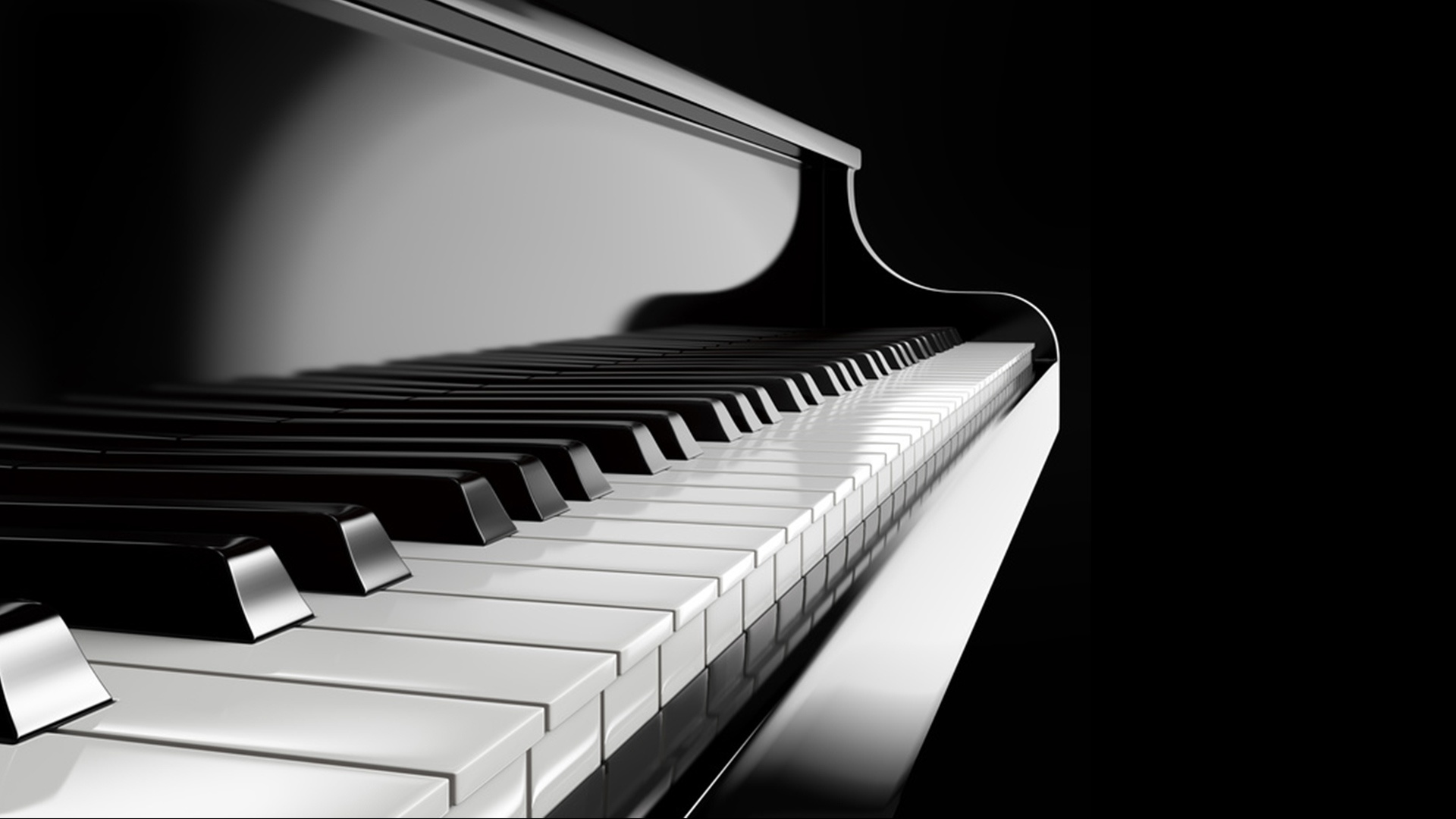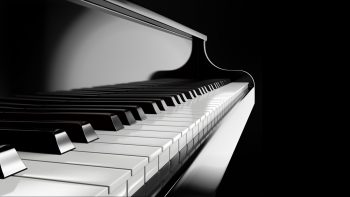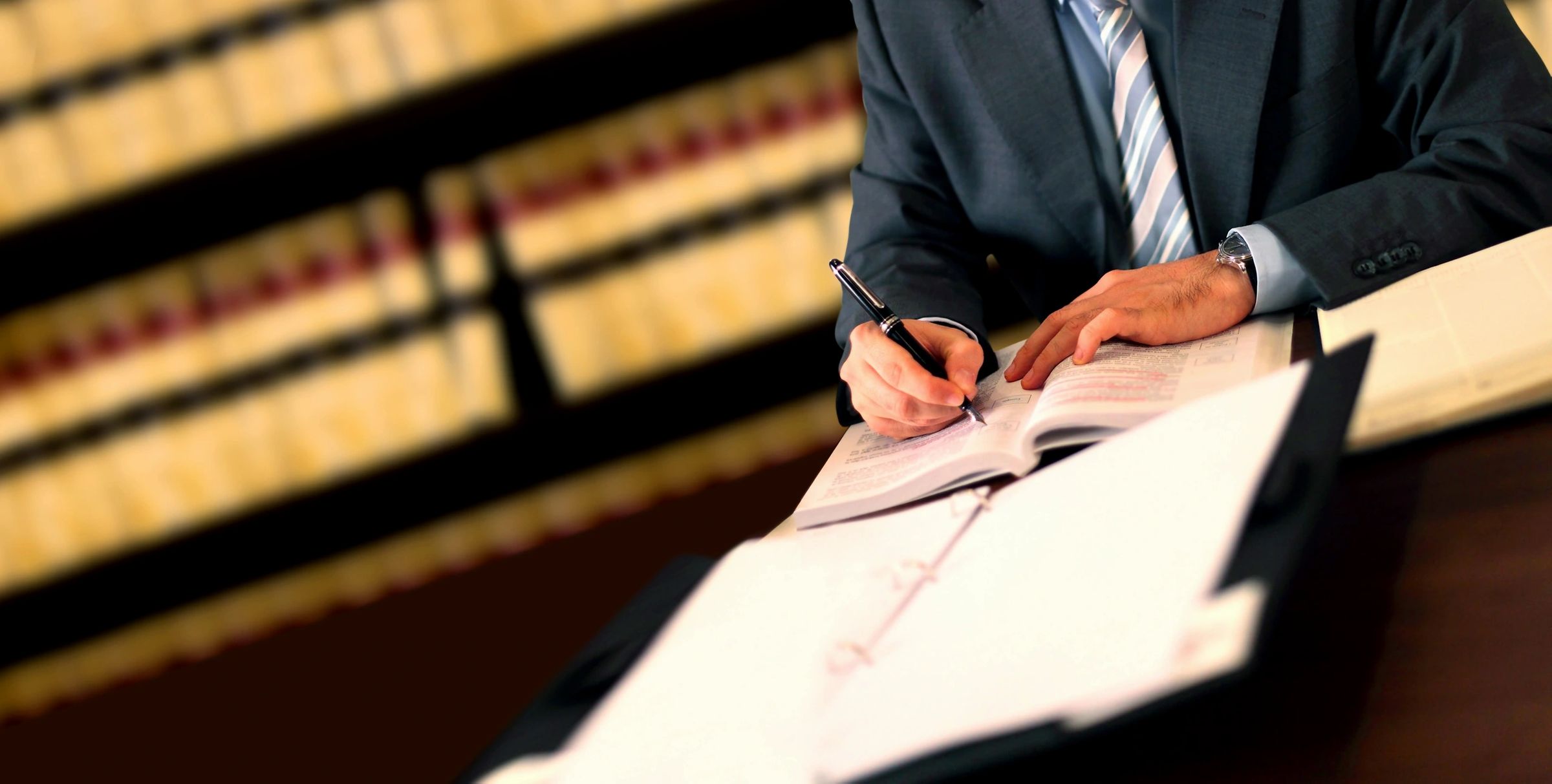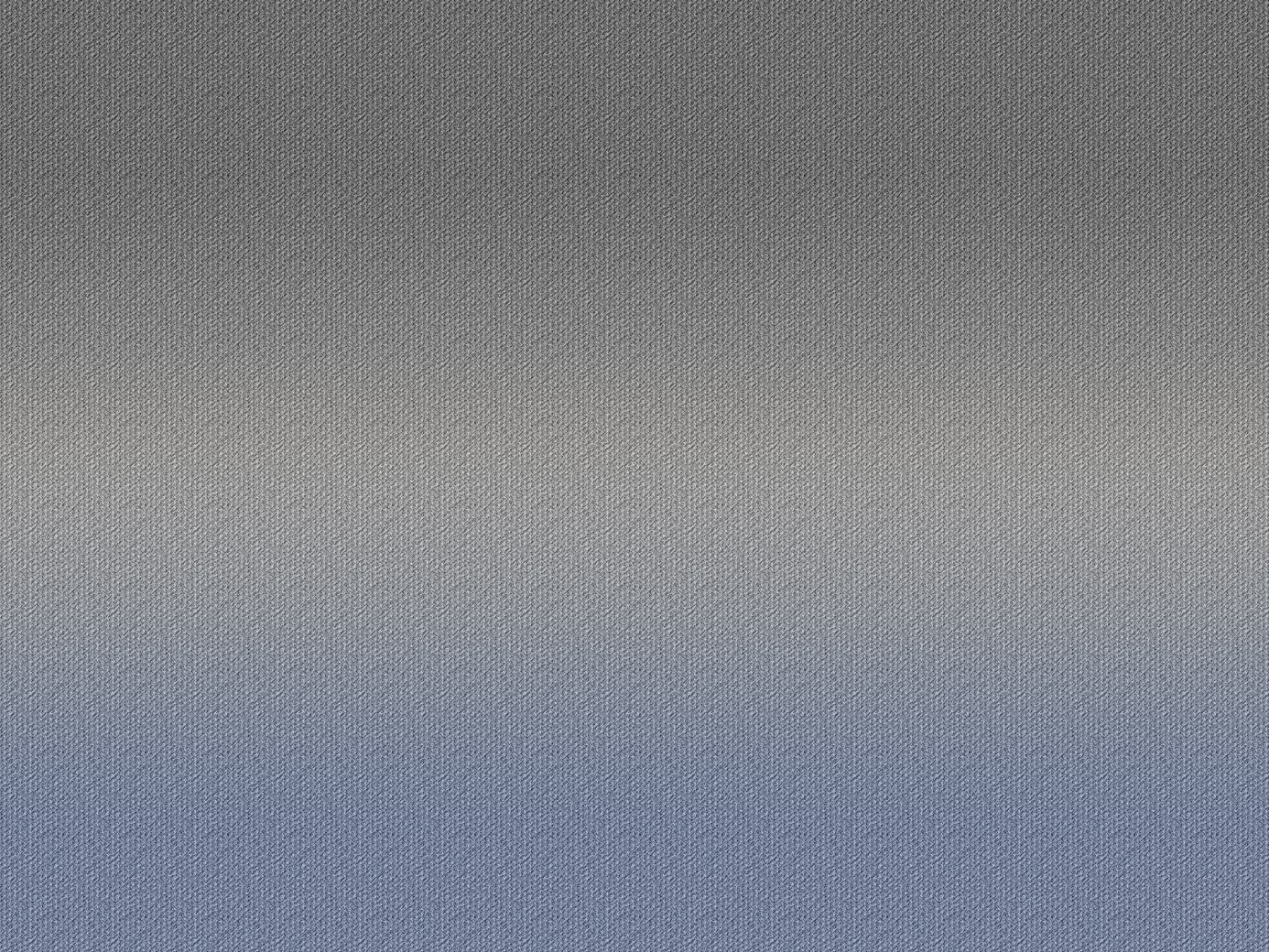
Automatic creation of copyright protection extends to both published and unpublished works and is granted to works that satisfy 3 requirements: (1) Originality, (2) Work of Authorship, and (3) Fixation.
(1) Originality:
The first requirement of originality simply requires that the work be “original” which means that your work cannot be a mechanical reproduction of a previously created work and cannot be a work that is only a few words or a short phrase. If one has a compilation of works that they want to qualify for copyright protection, the compilation must involve some level of sophistication and creativity that goes beyond the mere alphabetical sorting of all the works in the compilation. The originality requirement is an easy requirement to satisfy, as only a minimal amount of originality is required.
(2) Work of Authorship:
The work of authorship requirement is simply the phrase used by the Copyright Act to explain which types of works qualify for copyright protection.

(1) literary works; (2) musical works; including any accompanying words, (3) dramatic works, including any accompanying music; (4) pantomimes and choreographic works; (5) pictorial, graphic and sculptural works, (6) motion pictures and other audiovisual works; (7) sound recordings; and (8) architectural works.
Although the Act explicitly lists 8 examples of works of authorship, this list is not intended to be all-inclusive. Additionally, these 8 listed categories extend more broadly than you may think. For example, computer programs and most compilations are registered as “literary works.” Another example, which illustrates how wide a range of works this list is intended to cover, is maps and architectural plans being registered under “pictorial, graphic and sculptural works.”
(3) Fixation:
The third requirement of fixation simply requires that the work be fixed in a tangible medium of expression in order to be protected. A work is deemed fixed when it is contained in a medium in which the work can be perceived, reproduced and communicated. This does not mean that the work has to be able to be perceived by a human, it simply has to be able to be perceived by a machine. Therefore, a song is considered fixed as soon as the creator/artist records it on a voice recorder.









